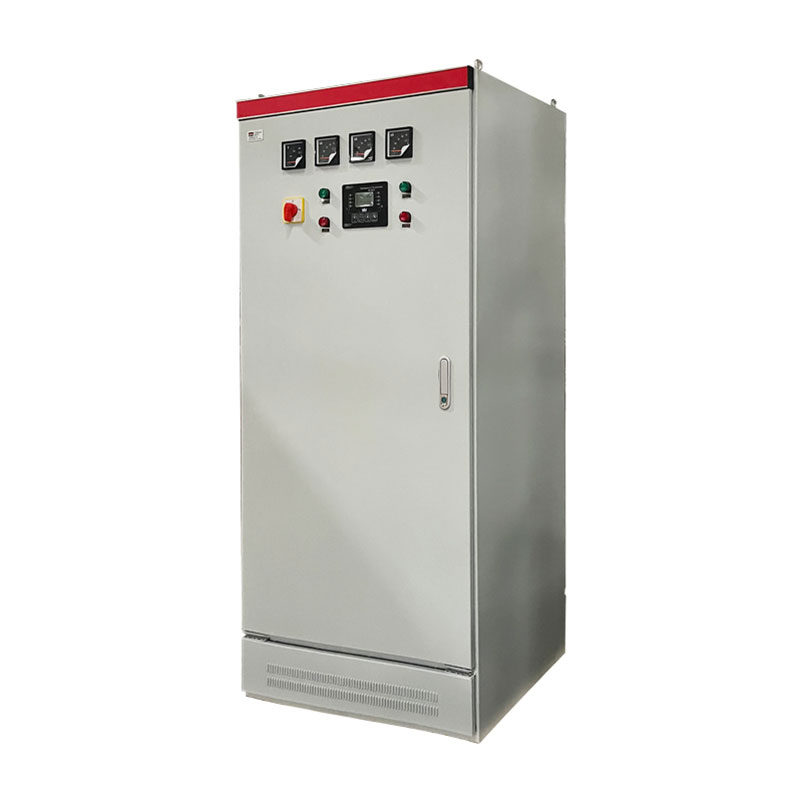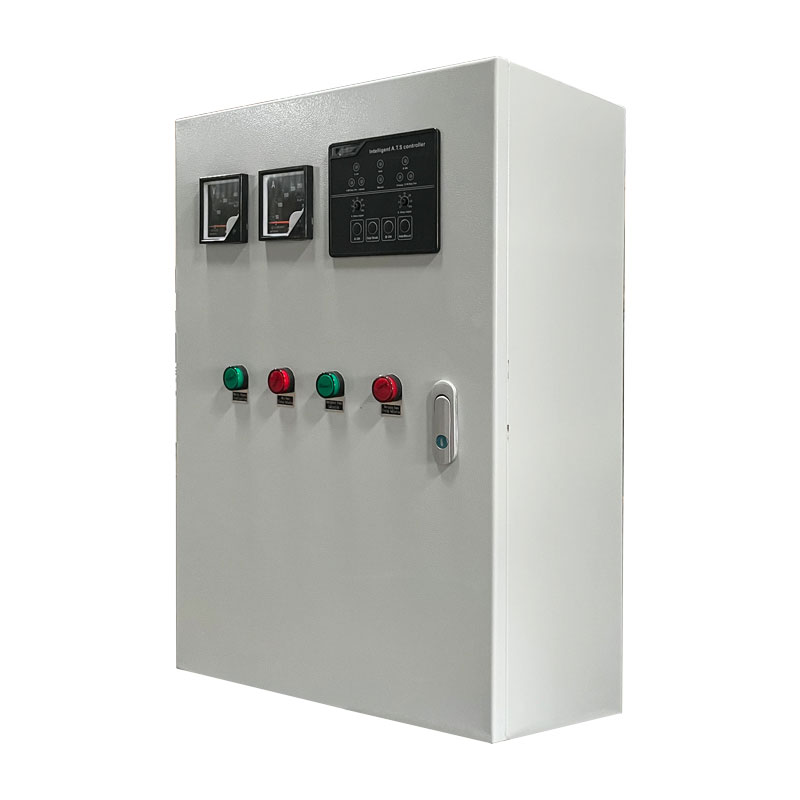Daily maintenance of low-voltage distribution cabinet
1. Check regularly whether there are traces of insect activity in each cabinet, and conduct regular trapping and killing.
2. Check whether the warning plate and maintenance plate are placed correctly.
3. Check whether emergency tools, lamps and lanterns are complete and normal, crank handles and fuse handles are complete.
4. Check whether the cable joint is heated and discolored (generally silver), and whether the grounding wire is corroded (whether the welding point is normal).
5. Check whether the capacitor shell in the capacitor cabinet is in good condition, whether there is leakage and expansion, and whether the indicator is in good condition.
6. Check the contact of the capacitor housing grounding wire.
7. Do a good job of cleaning and dust removal of each cabinet.
8. Check the working status of the fans in each cabinet.
First level maintenance
1. Check whether the bus bar and its lower lead are strong.
2. Check whether the secondary circuit connection is firm, whether the fuse is in good condition and the insulation resistance rolling.
3. Capacitor cabinet inspection: When the air switch is disconnected without capacitor, the action test of capacitor controller should be carried out. The closed part should be broken first, and the closed part should be broken later. The overvoltage protection, undercurrent protection and cut-off threshold values should be adjusted.
4. All indicators should be in good condition. Check and adjust the circuit breaker, leakage switch, thermal relay, relay, multifunction meter, etc.
5. Check whether the indicator light of each cabinet is normal, whether the switch position of the controller is normal, the operation should be normal, and whether the manual debugging of the mechanical interlocking part is reliable.
6. Check whether fasteners of soft starters and frequency converters are securely fastened.
Secondary maintenance
1. Check whether the drawer switch is flexible when pushed into or out, its mechanical lock is reliable, and whether the contactor contacts are good.
2. Check whether the elastic force of each knife edge in the circuit breaker is normal and whether the arc extinguishing device is in good condition.
3. Check whether the connection nuts of each cable end are tightened.
4. After the main switch of the receiving cabinet and the contact cabinet is disconnected, use the special crank to shake out or shake out should be flexible, the secondary terminal of the transformer and other contacts are well fastened without loosening, and the primary and secondary lines are no mildew.
Daily maintenance of incoming line switch
Prerequisites: The circuit breaker is switched off, the energy storage spring is released, the circuit breaker is separated from the lock by the crank, the power circuit and the auxiliary circuit are cut off, and the power and load side terminals are grounded in an obvious position.
1. Check the cleanliness of the equipment and use a clean dry cloth to remove any dust and oil stains, and use a non-corrosive detergent where possible.
2. Check whether the device nameplate is in good condition. Use a clean dry cloth to clean half corners of these nameplates.
3. Remove dust, mold, and oxide, and also clean the inside of the stationary part of the drawout circuit breaker.
4. Ensure that there are no foreign bodies in the circuit breaker.
5. Remove dust or dirt from circuit breaker sidings and bus bars with a clean dry cloth.
6. Verify that the bolts used to connect the terminals are properly secured and that there is no sign of local overheating on the terminals. Heat can be detected by looking for changes in the color of the contact area, which is usually silver-white.
7. Check whether cables on sliding contacts or terminal blocks are secure.
8. If the Settings need to be repaired, contact ABB Technical Responsibility Department.
9. Please read the relevant materials carefully.



